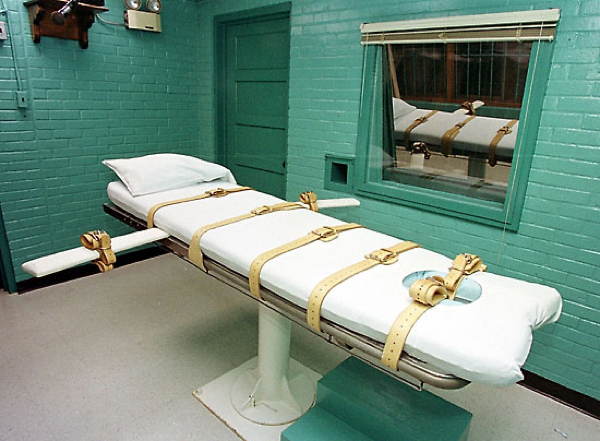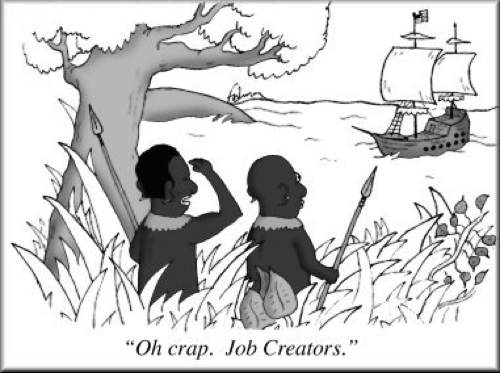Posted on May 18, 2014 in
Articles 
The Article: Why Primary Care Physicians Need a Minimum Wage by Daniela Drake in The Daily Beast.
The Text: While we entertain the idea of increasing the minimum wage, let’s not forget doctors who also need a pay bump. Yes, doctors—primary care physicians (PCPs) who are receiving only a tiny fraction of all that money you’re now forced to fork over for health insurance.
To wit, the health insurance calculator for Southern California says a 62-year-old would pay $7,200 a year for the top plan. Most people resent paying this big a fee for something like insurance—and it’s easy to see why patients can be manipulated into thinking their doctor is being overpaid.
However, the math is simple. The average PCP has 2,500 patients and supposedly makes $180,000 a year. Therefore, the insurer is paying your primary care doctor $72 a year per patient—out of the $7,200 a year paid to the insurer. That’s 1% of the insurance premium. It works out to $6 a month (19.7 cents a day!) to have a highly trained professional overseeing your care.
We happily pay more for Netflix and consider it one of the best values around. Is your doctor worth less?
Even if you quibble with these numbers, consider that physician temp jobs pay $70 to $80 per hour—and doctors will see four patients an hour. That works out to $17.50 per visit, less than most co-pays. (Therefore, in many cases the insurer pays the physician nothing out of your insurance premium.) As for the $17.50 for the physician—that’s about $10 after taxes.
Given the amount of work that primary care doctors do, it’s simply inadequate compensation. And it shows. Physicians feel overworked and patients feel “under served.” So much so that plenty of patients are seeking out concierge physicians—and voluntarily paying extra cash—just to have an attentive doctor. If we continue this way, we run the very serious risk of having a two-tiered health care system—and anyone unable to pay cash will receive increasingly substandard care.
A recent Vox article, which calls to reduce doctor pay, struck many physicians as particularly off the mark. The article reported that physician salaries account for 56% of total health care spending (when it’s really more like 10%). It turns out, according to Vox, that all health care salaries account for 56% of spending—including nurses, techs, and presumably administrators, who are also known to make $180,000 a year and occasionally into the tens of millions.
A belated correction was issued on the blog.
But how can a mistake like that be made? Is it because everyone thinks doctors are getting away with something? Over 9 million U.S. households earn more than $150,000 a year, and physicians make up less than 10% of those. Some police officers make $150,000. Members of the San Francisco Symphony orchestra make $160,000 a year. College administrators can make $200,000 to $300,000 annually. Even public school administrators can make over $200,000. First-year consultants can make $190,000. And nurses can make almost as much as a primary care physician—yet we never hear a call to reduce their salaries. It just wouldn’t sell.
Alas, the “greedy” doctor is an easy target.
But let’s consider the $10 visit. Your doctor might lance, drain, and pack a boil, or maybe clean out your ears, remove a suspicious mole, perform a pap smear or rectal or breast exam, including palpating deep into your sweating armpits to check for lymph nodes—and yet he is somehow being overpaid? Your primary physician is always on the hook to interpret your labs and specialist reports, and send you a note explaining it all. He is there to refill your prescriptions and take your calls about some pharmaceutical ad or report in the news. When you have a good primary care physician, he is always there for you.
To have someone like that available for you at 19 cents a day would strike most people as a bargain.
Indeed, Princeton economist Uwe Reinhardt has argued cogently against physician salary reductions and for salary raises. “Physicians collectively [earn] 20% of total health spending,” he wrote, “half is absorbed by practice expenses… physician’s collective take-home pay [is] only about 10% of total national health spending.”
Reinhardt points out that physician pay is such a small fraction of health care expenses, it wouldn’t do much good to cut it. In return we’d get “a wholly demoralized medical profession to which we so often look to save our lives. It strikes me as a poor strategy,” Reinhardt wrote. “A superior strategy might be to pay them very well for helping us reduce unwarranted health spending elsewhere.”
He might be on to something. Paying primary care physicians better could give them more time to support the lifestyle changes that keep patients out of hospitals. A physician who the patient trusts is not likely to order unnecessary tests because he’s afraid of being sued—and is less likely to order tests a patient requests but doesn’t need. And these are two overriding drivers of health care costs, according to a 2007 McKinsey and Company study.
Of course, almost all American workers feel squeezed these days. But fair physician compensation matters to everyone because when the doctor is squeezed, the patient suffers. Physician-per-patient-pay is now far below what we could think of as a physician’s minimum wage—which we could define as the level at which a doctor can no longer give good care. So when people argue to cut doctors’ pay, it’s not for the good of the patient. It’s for the good of hospital and insurance executives, disguised as an effort to save the economy.
And as physicians struggle to preserve fair pay, many people counter that health care is a right, implying that physician services should be completely free. But rather than argue about whether it’s a right, we might think of health care as a valued good that we should provide each other in a civilized society.
We have enough resources to deliver that valued good—at least for primary care. Indeed, there are lots of things we can do to fix the primary care shortage, not the least of which is to permit nurse practitioners and medical assistants to practice independently. (And yes, they are good enough.) They don’t take medical assistant programs and learn about all things medical just to be taken lightly.
Naturally, there will be objections—but usually they’re little more than distractions. We could compare American doctors’ incomes to doctors’ incomes in the wholly dissimilar European economy, which physician-blogger Dr. Kevin Pho neatly rebuts in Pay Me like a French Doctor, You Know You Want To. Or we could talk about absolute salary size and quickly find ourselves fanning the destructive flames of class resentment. We could engage in thought experiments like whether healthcare spending is really a waste since these monies get recycled back into the economy. All are interesting—but at this point, they aren’t what truly matter.
What truly matters is this: What is good primary care worth? It’s a fair bet that it’s a lot more than 19 cents a day.















